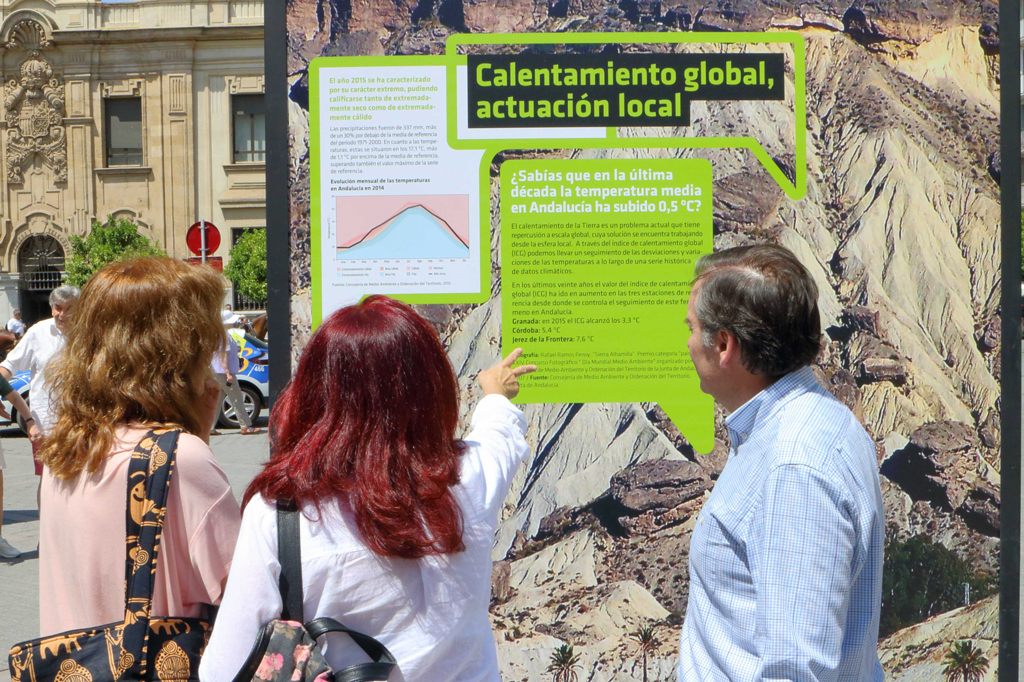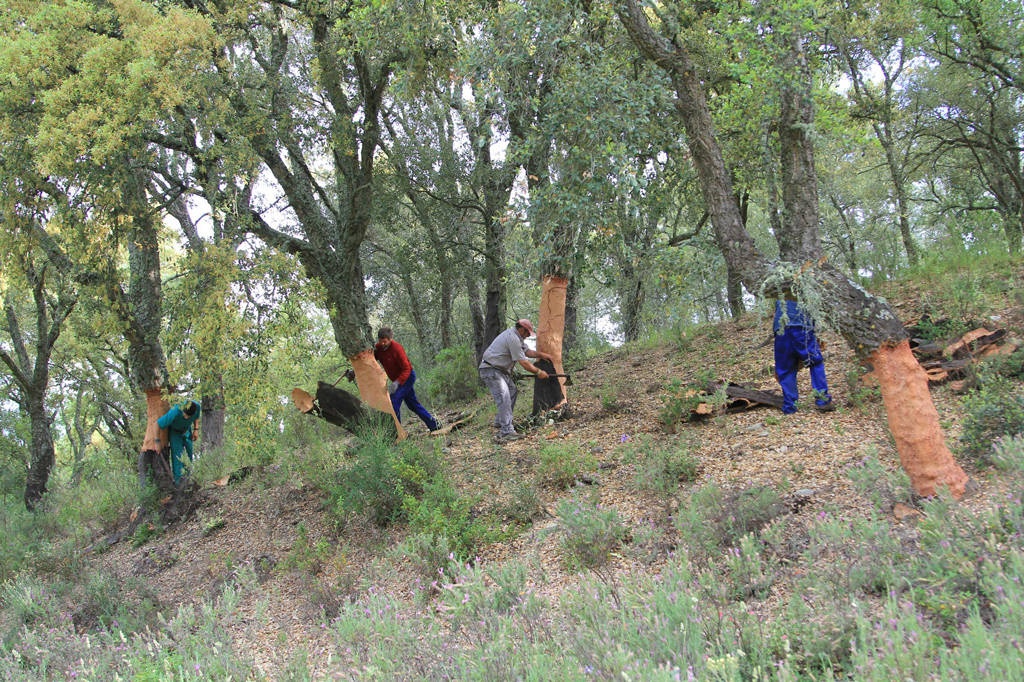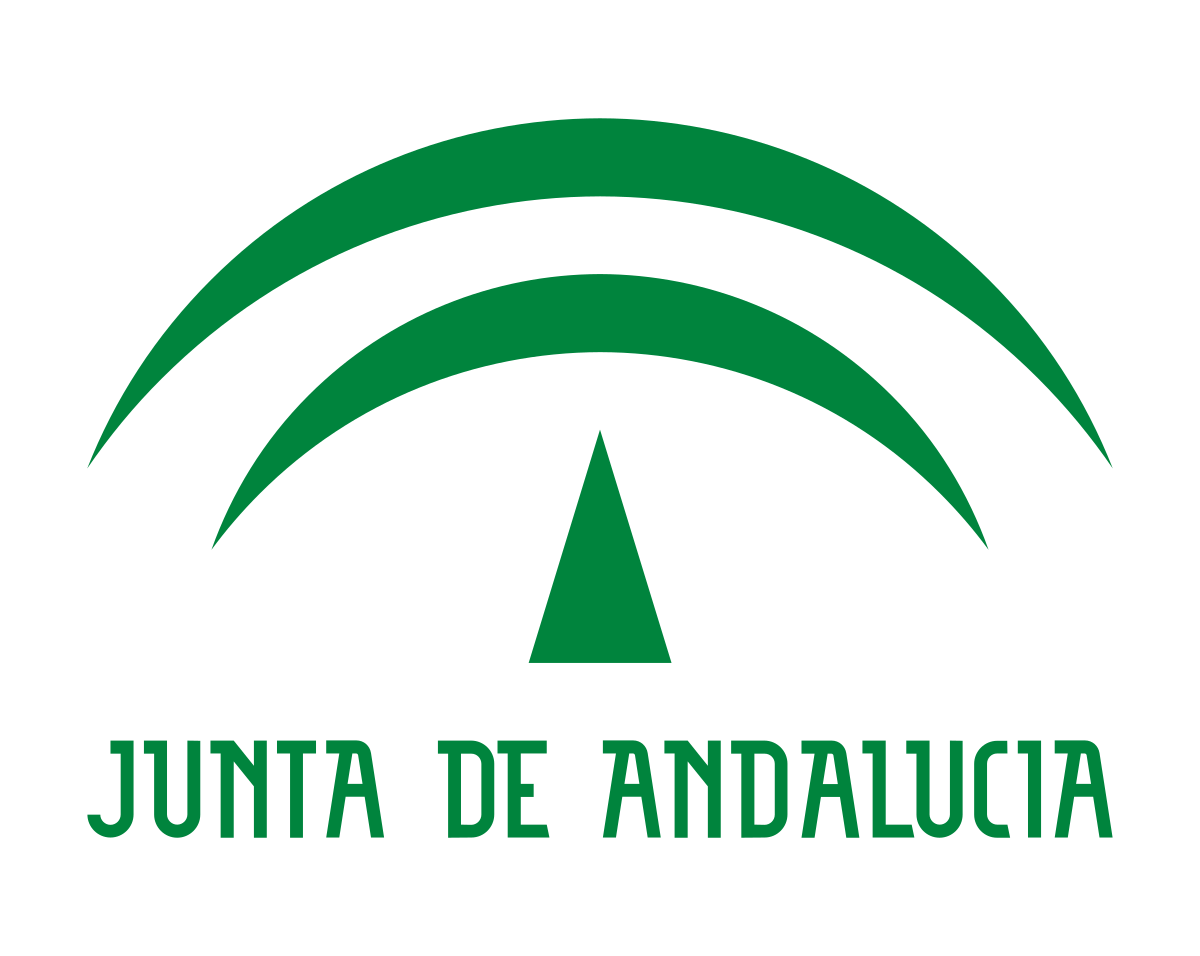Case Study
Improvement of the perception of the local population towards the Natural Parks through the Sustainable Development Plans
Contact name
Javier Soto Vázquez
Institution name
Regional Ministry of Environment and Spatial Planning of Andalusia.
Region & country
Andalusia, spain
Summary
The Sustainable Development Plans (SDP) are documents whose objective is to serve as an orientation in the investments and improvements aimed at increasing the standard of living of the population living in Natural Parks. They are elaborated and agreed by consensus from the local population through forums and polls, and the result are shared with them.
The SDP look for an increase of the socio-economic values inside the natural areas and, at the same time, they become an example of nature conservation. A fundamental point for the implementation of the SDP is the change of perception of the population towards these protected areas.

Sustainable Development Plans include dissemination activities for the population of the area.
Photo by Francisco Manuel Marín

Cork extractors perceive the Natural Park as an opportunity for economic development
Photo by Borja Pozo
Background of the project
Since the first declarations of protected areas, the local population has been suspicious, since they suppose a regulation of the human activities to guarantee nature conservation that does not exist in other territories. In addition, the investments made in the protected areas were more oriented to benefit the tourists (trails, viewpoints, etc.) than to benefit the local population. The local inhabitants were witnessing this and the application of conservation policies without any consideration towards them.
The main necessity was to change the perception that the local population had, so they could identify and have a positive image of protected areas, seeing them as an opportunity for social welfare and source of benefits and not as a hindrance to their economic development. Furthermore, it was needed to establish an economic development plan different from the more traditional ones (focused on agriculture and livestock) and that is sustainable with the territory and natural values.
Solution and actions taken
The solution was to plan the investments and lines of action that all the Administrations involved in the protected areas carry out in a coordinated way, orienting themselves towards a sustainable economic growth with the environment, and an improvement of the life quality of the local inhabitants . In the identification of these actions, the consultation and involvement of the most relevant territorial agents in these areas was paramount.
- To strengthen the participatory character in the elaboration of the Sustainable Development Plans, increasing both the number of meetings with local agents and the number of attendees to these meetings.
- To give an effective publicity to the Plans once elaborated.
Other institutions or parties involved
In the implementation of this project, the institutions and departments below have been involved.
- Delegations of the Andalusian Administration in functions of Economy, Tourism, Agriculture and Culture.
- Local entrepreneurs in general, with special attention to Tourism and Primary sector
These institutions also act as stakeholders in IMPACT project, whose objective is to design and test innovative models of sustainable development inside protected areas. This project is led by the Andalusian Regional Government.
Results
Currently, many of the protected areas of Andalusia are engines of local economies, being perceived by the population and entrepreneurs as an opportunity for growth. Their economies have shifted from relying mainly on an unproductive agriculture and livestock to having a fundamental role in other activities linked to natural areas in a sustainable manner.
Challenges
- To contact the citizens in general and private companies specifically in order to know their concerns and opinions.
- During the years of economic crisis, to make effective plans with a low budget.
- To avoid large investments in infrastructure or other means that may jeopardise the sustainable development of the territory.
Lessons learned
- By involving the local population, it is possible to establish socio-economic policies in protected areas and change the perception that the population has about them.
- It is also possible to gain the complicity of the population and therefore to improve the sustainability and conservation of the territory and its natural values.
Contact name
Javier Soto Vázquez
Institution name
Regional Ministry of Environment and Spatial Planning of Andalusia.
Website(s)
